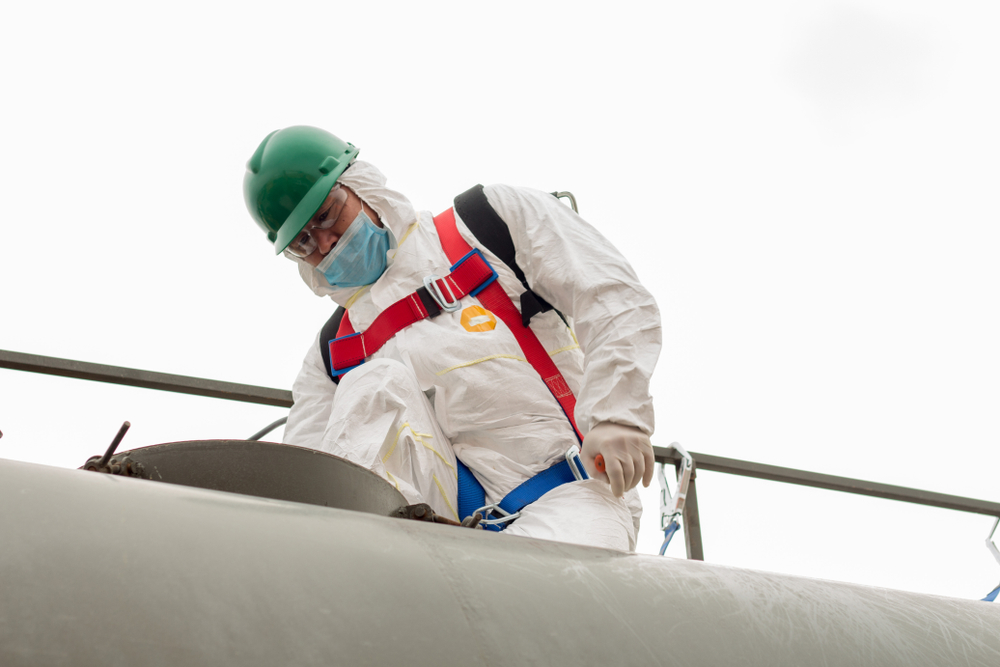New Technology in PFAS Treatment
PFAS are a group of non-degradale chemical compounds that have been used in various industrial activities and consumer goods over the years for their high resistance to heat, oil and water. Examples include firefighting foam, surface treatment for clothing, and non-stick cookware, all of which incorporate PFAS compounds.
Nowadays, these compounds have become a concern since they have been detected in groundwater; soil and drinking water supplies in communities where they’ve been used. This is concerning, as PFAS linger in the environment for a long time, and some studies indicate they pose a potential threat to health.
How is PFAS Contamination Handled?
Finding a way to remediate groundwater contaminated with PFAS has been difficult. Due to their durable and robust nature, traditional remediation technologies like in situ chemical oxidation (ISCO) and other bioremediation have been unable to remove them to a satisfactory level. This is because the chemical bonds between carbon and fluorine, which are the backbone of PFAS molecules, are very strong.
Another method of remediation involves adsorption using special filters. However, the used filters had to be disposed of following treatment, meaning the PFAS compounds were simply being relocated from one area to another. Fortunately, PFAS removal technology has seen significant advancements.
MyCelx PFAS Removal Technology
OLEOLOGY have developed technology that can effectively and permanently remove PFAS contamination to below detectable levels (less than 0.01 part per billion). This is possible through our patented MyCelx polymer, which is capable of binding to PFAS compounds and remove them from water, ensuring that:
Australian regulations and guidelines for PFAS levels are met and exceeded
Water is safe to reuse and recycle
Local drinking supplies in rural or remote environments are protected
OLEOLOGY has provided remediation solutions to governments and councils, the oil and gas industry, marinas and more.
Risks of PFAS Contamination
While we have no definitive idea about what exposure to PFAS can do to human health, previous studies on animals suggest the potential of negative consequences cannot be excluded. Some health experts are concerned that negative health impacts from PFAS may be slow and accumulative. As a result, many industries have phased out PFAS or governments have banned their use for certain purposes.
The most common types of PFAS chemicals in Australia include:
Perfluorooctane sulfonate (PFOS)
Perfluorooctanoic acid (PFOA)
Perfluorohexane sulfonate (PFHxS)
Sites around Australia, including Williamtown in NSW, Port River in SA and areas in the NT, were found to have high concentrations of PFAS, including in marine life. PFAS has been detected in groundwater in areas where they were used in large quantities such as industrial sites, firefighting training facilities and airports. Contamination can create a liability issue for organisations and governments in the area.
Contact OLEOLOGY Today!
Removing PSFAs from the environment is a legal and environmental responsibility. OLEOLOGY’s MyCelx technology can decontaminate and treat water and groundwater with zero by-products. We can help organisations and governments around Australia alleviate potential issues from PSFA chemicals.
Our solutions are scalable and can operate in a variety of environments. We custom build each treatment and filtration system for each situation to ensure harmful and toxic contaminants are effectively removed. For more information, call us today on 1300 305 723 or contact us online.



